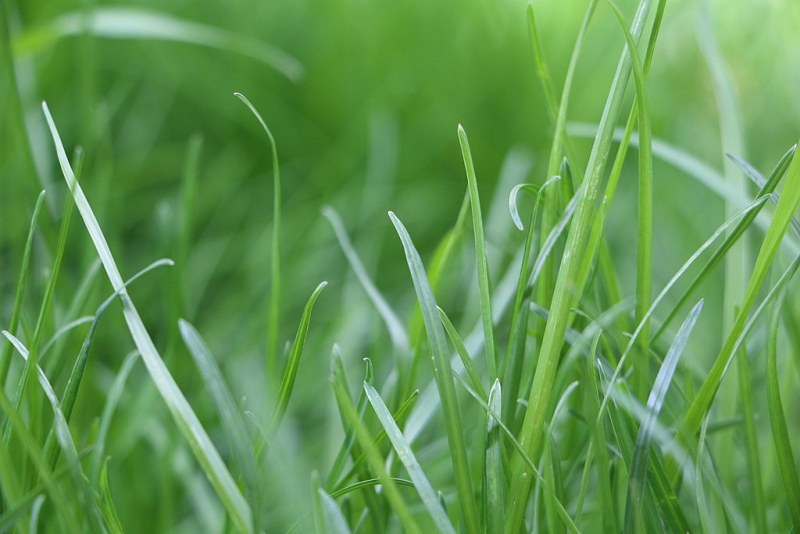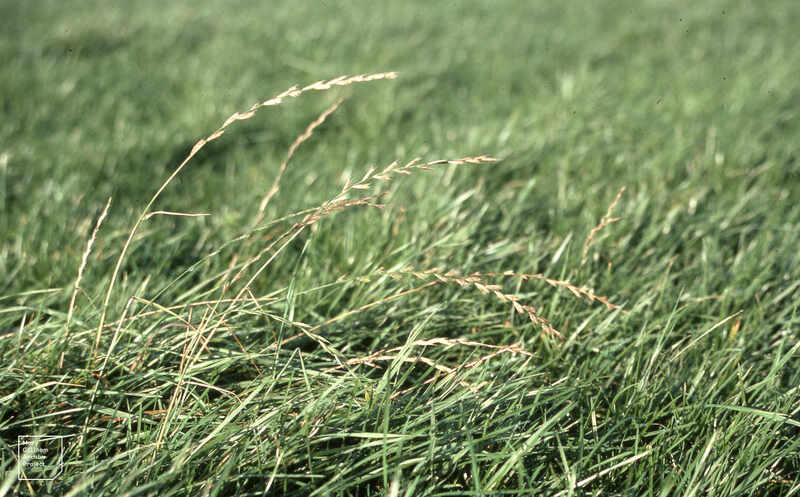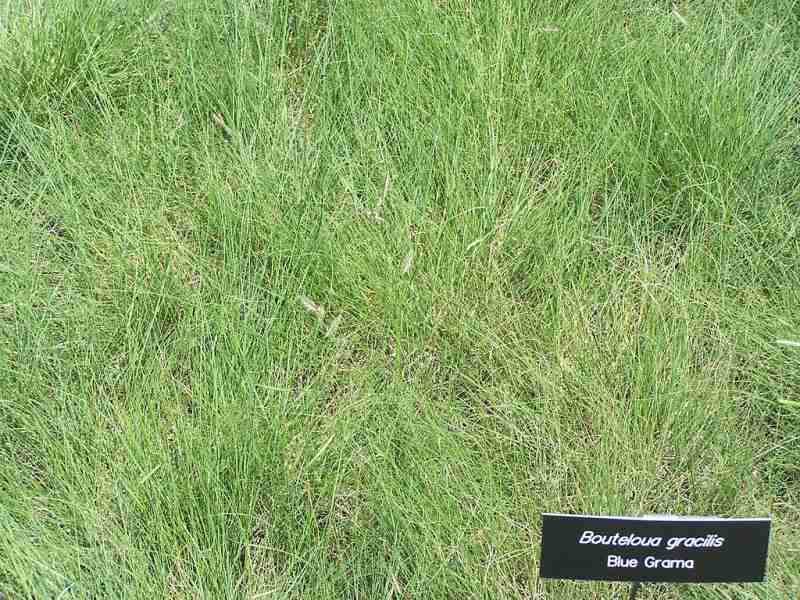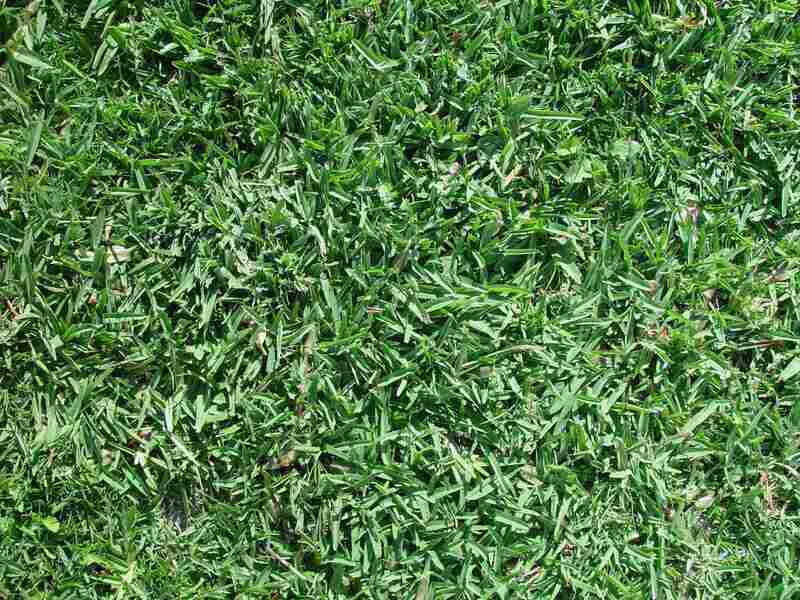6 Best Grass Types for Colorado Springs
BY AUSTIN GEIGER | MARCH 24TH, 2023 | COLORADO, COLORADO SPRINGS, LAWN CAREWhen you’re picking out new grass for your outdoor space, it’s important to choose one that both looks great and can handle your local area’s environmental conditions. This is especially true when it comes to Colorado and its harsh winters. The 6 best grass types for Colorado Springs can handle the local environment while still making your landscape look like a dream.
Here are six grass types that can help your lawn look its best, even when Jack Frost is nipping at your nose:
- Warm-Season vs. Cool-Season Grasses
- 6 Best Grasses for Colorado Springs
- FAQ About Colorado Springs Grass Types
- Choose Plant and Grass Varieties for Your Colorado Springs Landscape
Warm-Season vs. Cool-Season Grasses
Warm-season grass grows best in temperatures between 75 and 90 degrees Fahrenheit, while cool-season grasses grow best between 60 and 75 degrees. Both warm-season and cool-season grasses can thrive in Colorado Springs since the city’s average temperatures fall within both of their comfortable ranges.
The main difference between warm-season and cool-season grasses is the time of year they grow. Warm-season grasses experience active growth starting in late spring and then go dormant in early to mid-fall. Cool-season grasses, on the other hand, actively start growing in early spring, enter summer dormancy, return to green in fall, and then enter winter dormancy.
Cool-season grasses also have a higher tolerance for frost, shade, and low temperatures, whereas warm-season grasses don’t do as well with these conditions. Conversely, warm-season grass is more tolerant of sun, heat, and drought.
6 Best Grasses for Colorado Springs
1. Kentucky Bluegrass

Photo Credit: Pilot138-17 / Wikimedia Commons / CC BY-SA 4.0
Kentucky bluegrass is one of the most common grass types in Colorado, and for good reason. Its striking dark green color helps it stand out. Its soft, smooth leaves combined with its moderate foot traffic tolerance and thick turf make it perfect for walking on barefoot or engaging in outdoor activities.
If you like spending time outdoors working on your lawn, then Kentucky bluegrass is a good choice. It requires a bit more maintenance than other grasses on this list, both in mowing and especially fertilization.
Kentucky bluegrass likes plenty of sun, so it’s a good choice for less shaded yards that get a lot of natural light. It’s also a thirsty grass, requiring about 2 to 2.5 inches of water per week in the summer, so make sure you don’t get caught in the sprinklers while you’re soaking up some rays.
Classification: Cool-season grass
Spreads by: Rhizomes
Shade Tolerance: Low
Drought Tolerance: Moderate
Foot Traffic Tolerance: Moderate
Maintenance Needs: Moderate mowing and high fertilization
Mowing Height: 2.5-3.5 inches
Potential for Disease: Moderate to high. Possible diseases include dollar spot, leaf spot, necrotic ring spot, summer patch, and stripe smut
Soil pH: 6-7.5
Soil Type: Well-drained heavy soil with high fertility
Other Notes: Kentucky bluegrass is among the most common grass types used for lawns and sports fields in the United States.
2. Tall Fescue
Tall fescue is another common Colorado grass. It’s more tolerant of shade than Kentucky bluegrass, which makes it a better choice for yards with trees or other overhanging areas that block out sunlight. It also has better drought and heat tolerance, but don’t let yourself be fooled into thinking that this means it can go without water completely when the weather gets dry.
Tall fescue is typically medium to dark green in color. Its coarse texture may make it a poor choice if you plan to spend a lot of time on the grass. But thankfully it can still handle some level of outdoor activity thanks to its decent foot traffic tolerance.
As far as maintenance goes, the only notable need that tall fescue has is frequent mowing, which can be attributed to its quick growth rate. If you’re looking for a hardy grass that’s easy to care for and have soil that you can’t quite coax other plant life out of, then tall fescue may be the grass type for you.
Classification: Cool-season grass
Spreads by: Short rhizomes with bunch-type growth
Shade Tolerance: Moderate
Drought Tolerance: Moderate to High
Foot Traffic Tolerance: Moderate
Maintenance Needs: Frequent mowing
Mowing Height: Set mowing height to 2 inches
Potential for Disease: Low when properly maintained
Soil pH: 5.5-6.5
Soil Type: Prefers fertile clay soils with good drainage, but tolerates a wide variety of soils
Other Notes: Tall fescue grass has very good heat tolerance compared to most cool-season grasses
3. Perennial Ryegrass

Photo Credit: Dr Mary Gillham Archive Project / Flickr / CC BY 2.0
Perennial ryegrass is a dark green grass with a fine texture that grows in bunches. In terms of foot tolerance, it’s one of the best there is, making it the perfect candidate if you plan to play outdoor sports or host neighborhood get-togethers.
Perennial ryegrass also pairs very well with other grass types, such as fescues and Kentucky bluegrass. Mixing it with either type can result in a lawn that grows better and is more disease resistant than either would be alone, which is important due to ryegrass’ penchant for sickness.
Perennial ryegrass soaks up the sun well, so if your lawn doesn’t get much shade, this could be the grass for you. Just keep in mind its low drought tolerance, which means that you’ll need to water it more frequently than other grass types during the dry seasons.
Classification: Cool-season grass
Spreads by: Bunch-type
Shade Tolerance: Low
Drought Tolerance: Low
Foot Traffic Tolerance: High
Maintenance Needs: Moderate mowing and fertilization
Mowing Height: 1.5-2.5 inches
Potential for Disease: High. Common diseases include leaf spot, gray leaf spot, and red thread
Soil pH: 5-8, prefers 6-7
Soil Type: High fertility, can tolerate poor drainage but prefers good drainage
Other Notes: Perennial ryegrass doesn’t develop significant thatch
4. Fine Fescue
Fine fescue is another cool-season grass common in Colorado. Its light blue-green color and fine texture make it a very attractive grass type for suburban lawns. It’s also the most shade-tolerant cool-season grass, particularly the chewings fescue.
Fine fescue’s moderate to high drought tolerance lets it last much longer with less water than most grasses when the weather gets dry. Combined with its low maintenance requirements and tolerance of most soil types, this makes it an extremely hardy grass that can grow in conditions that other types can’t tolerate for one reason or another.
Unfortunately, fine fescue’s low tolerance for foot traffic means that you won’t be able to host barbecues on it every day. If you’re looking for a great-looking hardy lawn that you don’t intend to use all that much, fine fescue sounds like the grass for you.
Classification: Cool-season grass
Spreads by: Depends on the exact species. Creeping red spreads through rhizomes, while most are bunch-type grasses
Shade Tolerance: Moderate to High
Drought Tolerance: Moderate to High
Foot Traffic Tolerance: Low to Moderate
Maintenance Needs: Low
Mowing Height: 2.5-4 inches, depending on the species
Potential for Disease: Moderate
Soil pH: 6-6.5
Soil Type: Prefers dry soil. Otherwise, tolerates a wide variety of different soil types and fertility levels
Other Notes: Many of fine fescue’s attributes depend on the species. Some will have higher shade, drought, and foot traffic tolerance than others
5. Blue Grama Grass

Photo Credit: SEWilco / Wikimedia Commons / CC BY-SA 3.0
Blue grama grass may be a warm-season grass, but don’t worry, it can handle the Colorado Springs weather just as well as any cold-season grass. It does go dormant when the temperatures drop too low, but otherwise, it makes for a fine-looking grass that can handle whatever Colorado can throw at it.
Due to blue grama’s bunch-type growth, you’ll have to seed it thickly to use it as a complete ground cover. It’s certainly possible, but you may be better off using blue grama as a complement for other grass types that can form a carpet more easily. Its exceptional foot traffic tolerance makes it good for reinforcing other grasses that don’t handle it as well.
Thanks to blue grama’s high drought tolerance and love for the sun, it does extremely well in an open lawn without much shade. In addition, it’s a very good choice for xeriscaping should you choose to make the switch.
Classification: Warm-season
Spreads by: Rhizomes
Shade Tolerance: Low
Drought Tolerance: High
Foot Traffic Tolerance: High unless dormant
Maintenance Needs: Low
Mowing Height: 1.5-2 inches
Potential for Disease: Moderate. Common diseases include fungal rust and leaf and tar spot
Soil pH: 6.6-8.4
Soil Type: Well-drained sandy or clay soil with little organic content
Other Notes: Despite being a warm-season grass, blue grama is native to Colorado and is very good for xeriscaping, especially as an ornamental grass.
6. Buffalograss

Photo Credit: Pixnio
Buffalograss is another warm-season grass that can handle the conditions of the Colorado Springs area. It has a beautiful gray to blue-green color with a fine texture that makes it comfortable to walk on with bare feet. But unfortunately, its poor tolerance for foot traffic makes it a bad idea to play backyard football on a regular basis.
Like blue grama, buffalograss has a very good drought tolerance and does best with lots of sun. But unlike blue grama, buffalograss is not a bunch-type grass. This means it easily forms a proper ground cover via stolons. However, keep in mind that buffalograss forms a thick thatch that you’ll need to remove about once a year.
Buffalograss is also very low maintenance aside from weed control and keeping away diseases. Overall, it’s a great grass type for someone who wants a good-looking front lawn that they don’t intend to use very often.
Classification: Warm-season
Spreads by: Stolons
Shade Tolerance: Low
Drought Tolerance: High
Foot Traffic Tolerance: Low
Maintenance Needs: Low fertilization and mowing, but does require weed control
Mowing Height: 2-3 inches
Potential for Disease: High
Soil pH: 6.5-7.5
Soil Type: Prefers clay soil and does not tolerate sandy soil
Other Notes: Buffalograss is another warm-season grass native to Colorado that grows very well in the Great Plains
FAQ About Colorado Springs Grass Types
Yes, xeriscaping is an excellent water-saving approach in Colorado yards. Blue grama grass is an excellent turf choice if you wish to xeriscape.
It depends on what type of grass you choose. Seed cool-season grasses in spring or fall, and warm-season grasses between late spring and summer.
Colorado Springs is in the transition zone. This means that it can support both cool-season grasses and warm-season grasses.
Yes, cool-season grass can enter dormancy when soil temperatures drop below 45 degrees Fahrenheit. Cool-season grass may also enter dormancy in hot summers.
Choose Plant and Grass Types for Your Colorado Springs Landscape
Keep in mind that every species of grass varies in different tolerances depending on its cultivar. Shop around and make sure you get a grass cultivar that meets your needs so that you’re not stuck with a lawn that can’t handle the conditions on your property.
For example, if your lawn doesn’t get a lot of shade, you need a grass that can handle the sun. If you live in an area without much rainfall, you need a particularly drought-tolerant grass.
You don’t need to miss a day at Cheyenne Mountain Zoo because you’re busy working on your lawn. If you need help with landscaping in Colorado Springs, call your local lawn care professionals who can mow, trim, and edge the lawn.